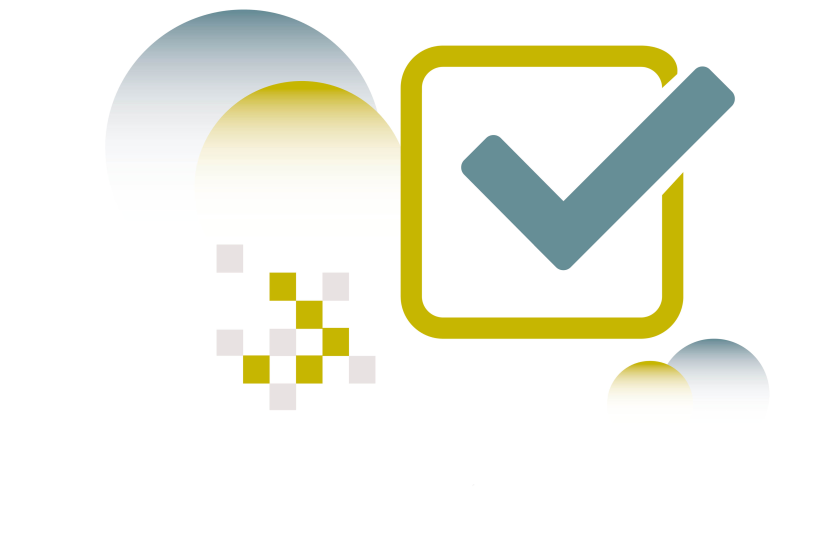For companies there is a time before and a time after the crisis. Until the massive impact of the pandemic, decision-makers could count more or less on reliable forecasts. Of course, there were unforeseen events and deviations, but the long-term trends were stable. From the sale of a product to the number of calls to the service center, decision-makers were able to rely on past experience in their planning.
The corona pandemic is radically changing the data situation: forecasts are difficult and developed forecast models are currently failing. When adapting existing forecast models and/or creating new models, applications based on Artificial Intelligence (AI) or Machine Learning (ML) methods are very useful.
From a data scientist's perspective, the current crisis is an anomaly. AI and ML applications recognise new patterns in these new data collections. These new patterns in turn are the basis for improved forecasting. As meaningful and necessary as this approach is, companies often lack the prerequisites to implement AI initiatives quickly. In particular, there is a lack of know-how about what information can be found in the data.


